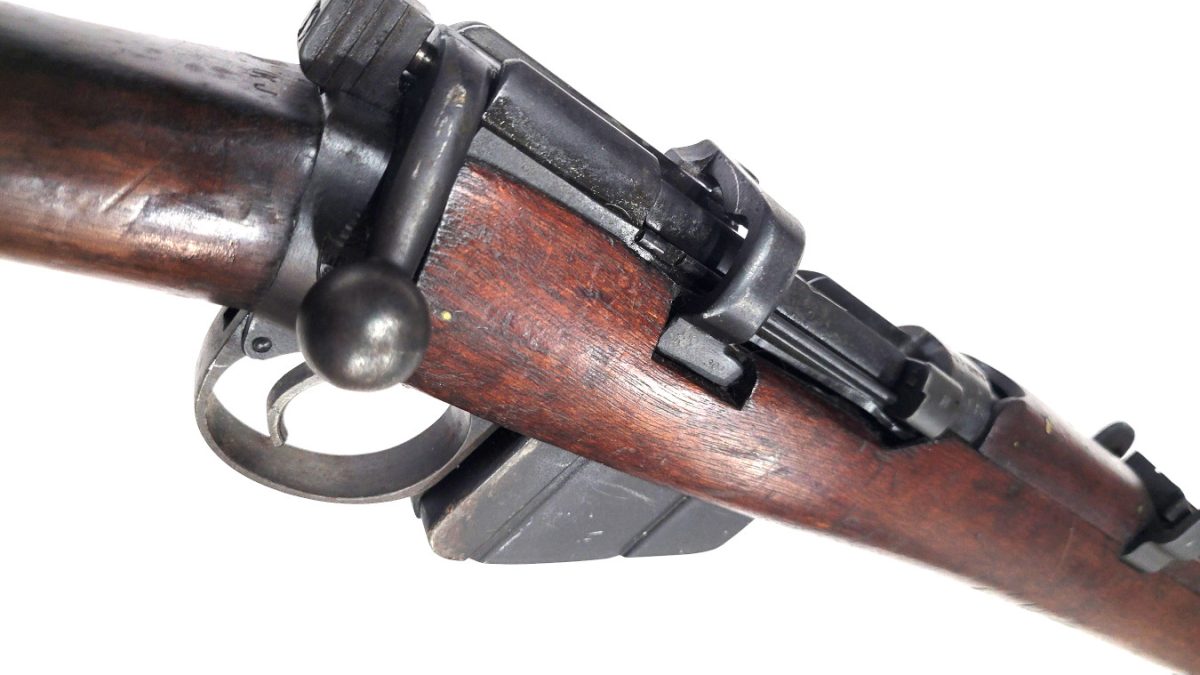The No. 1 Mk III Short Magazine Lee Enfield or SMLE, often loving referred to as the “Smelly” was a magazine-fed bolt-action rifle manufactured in various guises (some before the Mk III designation) from 1895 until 1957.
It was manufactured by multiple countries and many manufacturers including but not limited to Birmingham Small Arms in Britain, Lithgow in Australia (this one), and Ishapore in India. Its active service predates World War I, and it can still be found in use in Africa and Asia by various irregular forces, and some police units. Although many have been surplused, some countries still maintain them in storage.
The SMLE was designed with a 10-round detachable box magazine. However, it was meant to be fed via five-round stripper clips. The stripper clip guide facilitated easy, fast, and reliable loading via the top of the receiver.
While there was a bewildering variety of ammunition types manufactured in .303 British from blank, to tracer, to armor piercing, incendiary, etc., the most common type encountered on the surplus market is Mk VII or Mk VIII ball of one variant or another. Most of this was issued in bandoliers of 50 rounds, each of which contained seven loaded clips. There were more manufacturers of the ammunition than the rifles.
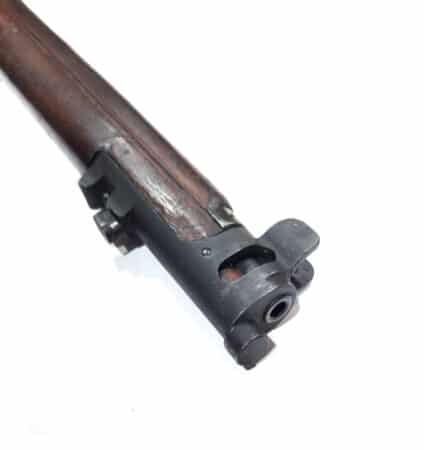
The United States produced significant quantities of .303 in both WWI and WWII. Cordite is the most common propellant encountered in surplus ammo, and the quality of the ammo from beginning to end is incredibly variable. Varying storage conditions and propellant type, combined with dubious original quality can create some “interesting” range performance in 2025 with surplus ammo. Most of it is also highly corrosive. This has led to many surplus rifles having a sewer pipe for a bore due to poor maintenance in some countries.
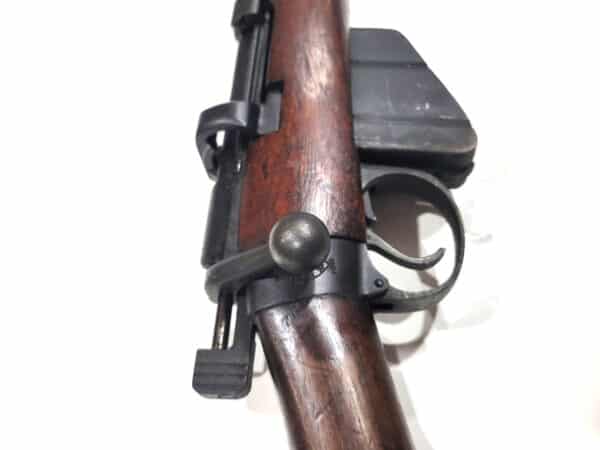
The SMLE’s action was cock-on-closing, and this made it very fast, leading to legends regarding the “mad-minute” and often very inflated boasts of how many rounds the best riflemen could put up the spout in 60 seconds. Twenty to 30, still quite a bit for a bolt gun, was often achievable with practice, and some legends quote over 50, which is difficult to believe but not quite out of the realm of possibility in singular circumstances.
Considering that the British Army in particular used to pay bonuses for better musketry scores and was at one time somewhat liberal with ammunition for practice, a high average volume of fire was generally achieved by the “Contemptible Little Army” that went to war in 1914. Whether or not the Germans actually believed the British all had some sort of automatic rifle or machine gun is up for debate. At any rate, early rifles also had a magazine cutoff to keep troops from burning through ammo too fast without permission.
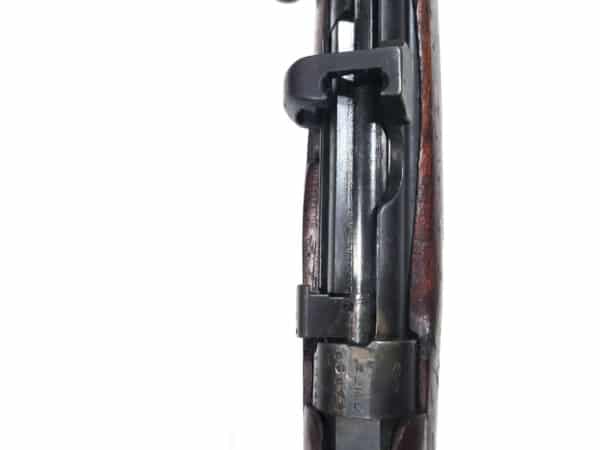
The SMLE almost didn’t make it to the trenches in WWI, where it gained fame for its reliability, speed, and accuracy. Prior to the war, experiences in South Africa against the Boers led to considerable reconsideration of the design.
Many tried to blame the difficulties with the Boers on technical issues (the Enfield design) vis-à-vis the Mauser, rather than often poor handling of the army in the challenging African environment against a skilled opponent. The Pattern 14 or P14 Enfield was a design that was under consideration to replace the SMLE. Far too few were produced prior to WWI to make the transition, and the SMLE’s performance during the war was enough not only to secure its place in service, but to some extent legend due to its speed of operation and practical accuracy.

The sights are excellent for target work but can be limiting in the dark. The “bunny ear” sight protectors give the design its distinctive look and indeed do a good job in protecting the rather thin front sight blades. Until 1915, most SMLEs had volley sights installed, but this rifle manufactured in 1918 never had them.
Individual aimed fire was effective to about 600 yards, though longer shots could be achieved, and en masse, .303 fire was effective at 700 to 800 yards from rifles, which the Soviets experienced when they invaded Afghanistan. Ironically, it was mostly fire from .303 Enfields at extended ranges that encouraged the Soviets to increase the complement of SVDs in rifle companies rather early in the invasion.

2,450 fps.
The Lithgow-made rifles are of very high quality, and the Australians prided themselves in making their rifles faster and generally more accurate on average than the other manufacturers, and less expensively. If you only want one to shoot, try to find a Lithgow. In general, the bores of most imported Lithgows, having stayed mostly in Australian hands for their lives, are very good. British-made rifles are also of excellent quality. Some of the other manufacturers are a mixed bag. All need to be carefully inspected before purchase.
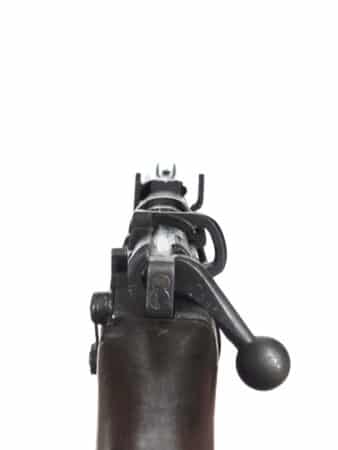
Prices are now quite high for what used to be a very affordable rifle. In the early to mid ’90s, they could be had all day long for $40, and even through the early 2000s prices rarely exceeded $250 or so.
The SMLE, although incredibly plentiful in the wild, are now generally $600 or more at a minimum — although, deals can still be found. Accessories are plentiful but beware of the surplus ammo. It’s generally better to keep it for display and shoot modern production ammunition.
Read the full article here

